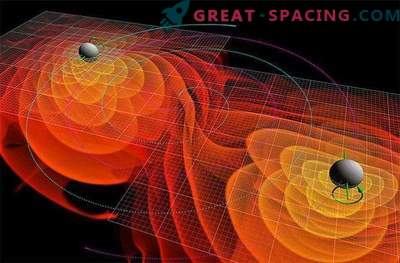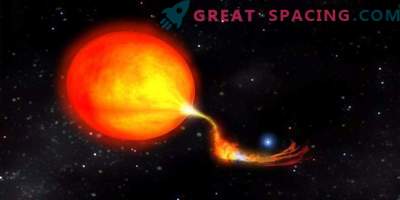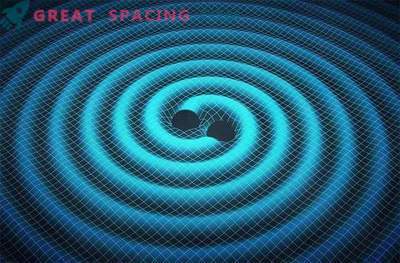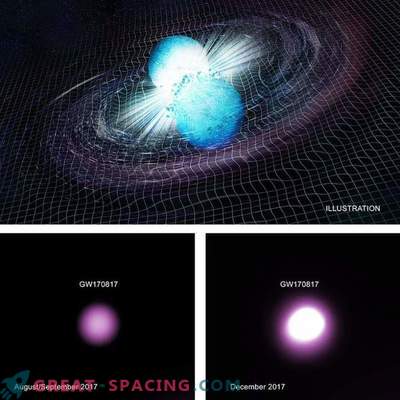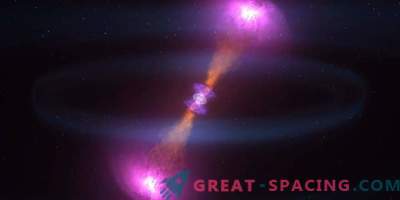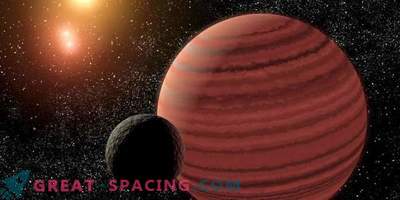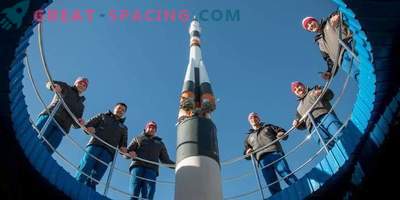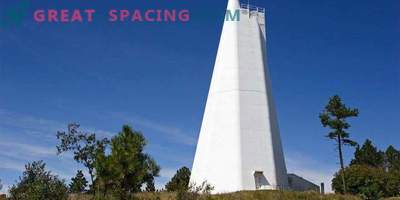
On June 11, NASA's Fermi Space Telescope noted the 10-year use of gamma rays (the highest light energy in space) to study black holes, neutron stars, and other extreme space objects and events.
Telescope was able to produce many scientific discoveries that fundamentally changed our understanding of the gamma-ray universe. Scanning the sky every 3 hours, the main instrument of Fermi LAT revealed more than 5,000 individual sources of gamma rays, including the explosion GRB 130427A.
In 1949, Enrico Fermi suggested that cosmic rays (particles moving at the speed of light) can be created by supernova shock waves. In 2013, LAT used gamma rays to prove these stellar remnants of at least one of the sources of fast particles.
As a result, it was possible to identify two massive structures extending above and below the plane of the Milky Way. These two bubbles are stretched for 50,000 light years and were created by a supermassive black hole in the center of the galaxy just a few million years ago.
The second GBM tool can view the sky at any time, with the exception of the area covered by the Earth. The satellite observed more than 2300 bursts of gamma rays (the most striking events of the Universe). Flashes occur when massive stars are destroyed, neutron stars or black holes merge. On August 17, 2017, Fermi detected a gamma-ray burst from a powerful explosion in the constellation Hydra. Almost at the same time, the laser interferometer LIGO noticed a ripple in space-time from the same fusion event of neutron stars. This was the first time that light and gravitational waves were detected from the same source. The researchers used another gamma-ray burst, found by Fermi, to confirm Einstein's theory that space-time is smooth and continuous.
GBM has also noticed more than 5,000 ground-based gamma-ray flashes in the earth’s atmosphere, associated with thunderstorms, as well as antimatter particles capable of forming these flares. Let's not forget that work in space is a complex process. On April 3, 2012, Fermi managed to avoid a potential collision with the spy satellite of the Cold War period Cosmos-1805.
On March 16, 2018, the first hardware failure occurred when one of the solar panels got stuck. When Fermi adopted the new observation strategy, both instruments continued to scan for gamma rays. The telescope continues to function normally and scientists expect many valuable discoveries.

